.webp)
The Land of Kings, Rajasthan, is not only popular for its plush forts and palaces, vibrant cultures and traditions, but also for its diversely rich wildlife species. The predominantly desert state of Rajasthan is home to well-managed national parks and animal refuges, and houses a surprisingly varied wildlife and flora. Besides offering vital sanctuaries for threatened species, these reserves offer a once-in-a-lifetime opportunity for nature lovers and wildlife enthusiasts. Each national park and wildlife sanctuary in Rajasthan has a distinctive terrain, making it an interesting destination for ecotourism.
Top National Parks and Wildlife Sanctuaries in Rajasthan:
1. Ranthambore National Park –
One of India’s finest tiger reserves and perhaps the most popular national park in Rajasthan, Ranthambore lies in the Sawai Madhopur District. The distinctively rich landscape of the park features lakes, granite cliffs and dry deciduous forests, originally the hunting ground of the Maharajas of Jaipur. Immerse yourself in the wonderful Bengal tiger sightseeing in its natural habitat. Other animals that inhabit the park are sambar deer, sloth bears, striped hyenas, leopards and an assortment of birds. Visit the old Ranthambore Fort, a UNESCO World Heritage Site, adding a historical touch to the reserve.
2. Sariska Tiger Reserve –
The world’s first tiger reserve to relocate tigers successfully, Sariska, lies in the Alwar region. A reserve spans over 800 sq kms in the Aravalli hills with a blend of stony and dry deciduous forests. The reserve offers a unique and peaceful safari experience, although tiger sighting can be less easy as compared to Ranthambore. Sariska is a paradise for bird watchers, as well as tigers, leopards, jungle cat, sambar, chital and other bird species.
3. Keoladeo Ghana National Park –
Also referred to as Bharatpur Bird Sanctuary, the national park is a World Heritage Site of UNESCO and a celebrated ornithological center. Over 370 species of birds inhabit this manmade wetland, among which are thousands of migratory ducks that arrive in the winter season in the park. The Siberian crane, the painted stork and other pelicans, herons and ducks are some of the species that entice birdwatchers from across the globe. The park’s well-maintained roads offer the perfect ground for bicyclists and pedestrians taking a close-up look at the birds.
4. Desert National Park –
This is a breathtaking example of a wildlife reserve in the Thar Desert near Jaisalmer and presents a contrast to the lush forests of Ranthambore and Keoladeo Ghana. The park mainly highlights the unique biodiversity of the arid zone is popular amongst the largest national parks in the country. The landscape is all made up of salt lakes, rocky outcrops and sand dunes. It’s a perfect place to spot birds in Rajasthan, the critically endangered Great Indian Bustard. Desert fox, chinkara and a lot of reptilian and avian species are witnessed here.
5. Kumbhalgarh Wildlife Sanctuary –
Located in the Aravalli range, Kumbhalgarh Wildlife Sanctuary covers the imposing Kumbhalgarh Fort. The sanctuary is known for its diverse fauna, especially a strong wolf population. Moreover, the home of a lot of birds, chinkara, nilgai, sloth bears, and leopards is inhabited here. Its dense forest and historical backdrop offer a unique experience to everyone. Besides providing a beautiful landscape for trekking and vehicle safari, it’s a crucial conservation habitat for many fauna species.
6. Mount Abu Wildlife Sanctuary –
Mount Abu Wildlife Sanctuary is home to a unique sanctuary. The rich subtropical forests of the sanctuary are a welcome relief from the state’s arid land. Leopards, sloth bears, Indian wolves and several deer and small mammals inhabit it. This wildlife sanctuary is ideal for nature and botany lovers due to its rich flora, ranging from several types of orchids to medicinal plants.
7. National Chambal Wildlife Sanctuary –
The tri-state protected area is shared by Rajasthan, Madhya Pradesh and Uttar Pradesh, and has this sanctuary dedicated to the conservation of the critically endangered fish-eating crocodile known as the gharials. Other rare aquatic animals like the red crowned roof turtle and the Ganges River dolphin are also guarded in the sanctuary. This gives a wonderful chance to see these rare reptiles and aquatic animals in their natural surroundings.
Conclusion:
Embarking on an interesting excursion into the very centre of India’s nature can be experienced at Rajasthan’s natural parks and wildlife sanctuaries. They are a testament to the commitment of the state towards safeguarding its natural habitat and the success of its conservation efforts. Along with providing tourists with an experience they will not soon forget, touring these refuges is vital in supporting wildlife conservation.
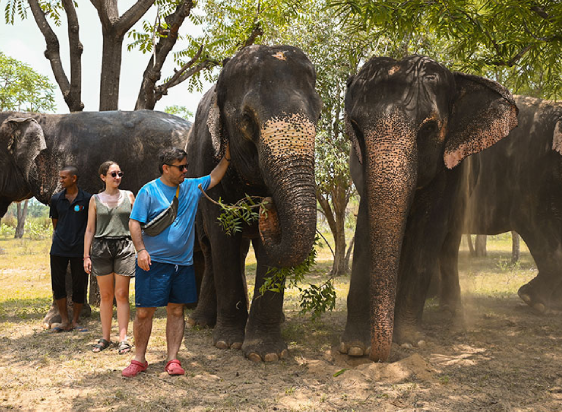
Hathi Gaon Elephant Village

Gulab Bagh And Zoo, Udaipur
.webp)
Bagore ki Haveli, Udaipur
.webp)
Eklingji Temple, Udaipur
.webp)
Bada Bagh, Jaisalmer
.webp)
Patwon ki Haveli Jaisalmer
.webp)
Jaisalmer War Museum
.webp)
Nathmal ji ki Haveli Jaisalmer
.webp)
Gadsisar Lake Jaisalmer
.webp)
Sisodia Rani ka Bagh Jaipur
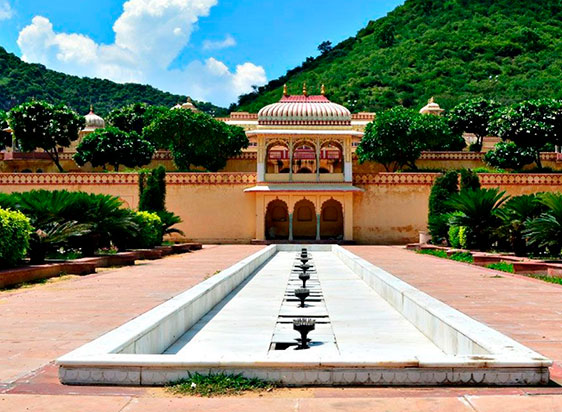
Sisodia Rani ka Bagh Jaipur
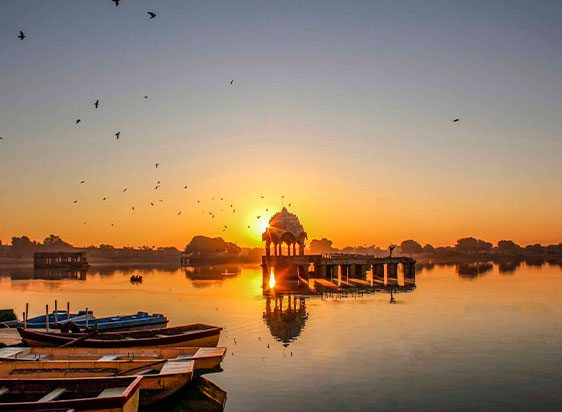
Gadsisar Lake Jaisalmer
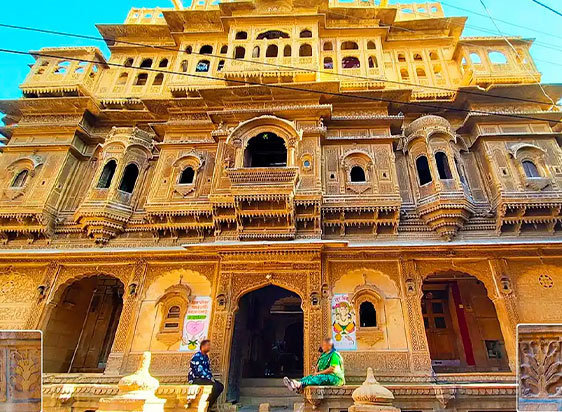
Nathmal ji ki Haveli Jaisalmer
.webp)
Desert Festival Jaisalmer – Music, Dance & Culture
.webp)
Rajasthan Festival Calendar: Your Guide to Celebrations
.webp)
A Food Lover’s Guide to Rajasthan: What to Eat & Where
.webp)
Forts & Palaces of Rajasthan You Cannot Miss
.webp)
National Parks and Wildlife Sanctuaries in Rajasthan

City Palace Udaipur Travel Guide: Timings, Tickets, History & Photography Spots
.webp)
Explore India’s Heritage in 3 Days: Golden Triangle Tour Itinerary

Golden Triangle Tour: 4 Days of History, Culture, and Adventure
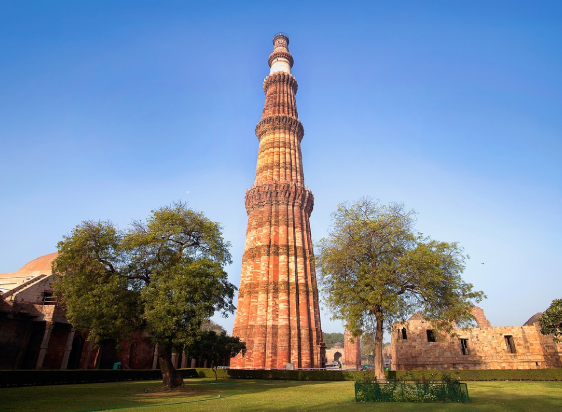
Maximize Your Experience: 5-Day Golden Triangle Tour Package Highlights

The Ultimate 6-Day Golden Triangle Tour: From Monuments to Markets
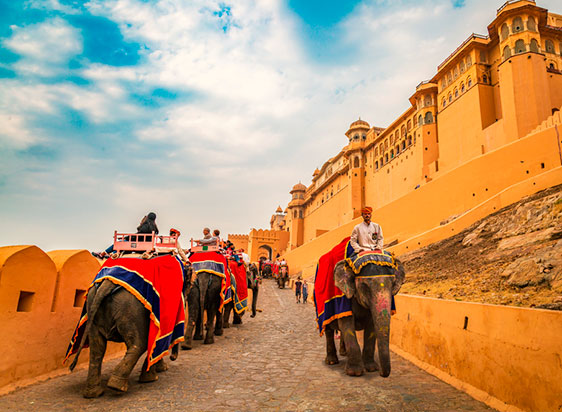
10 must-see places in Jaipur
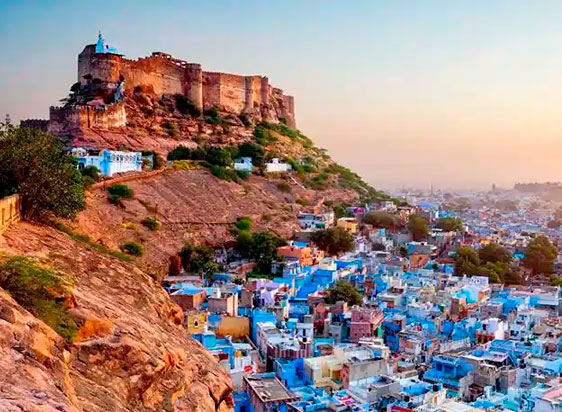
10 must-see places in Jodhpur
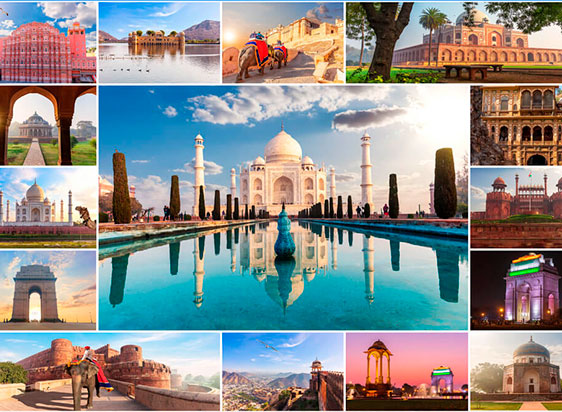
10 Must-See Places in India
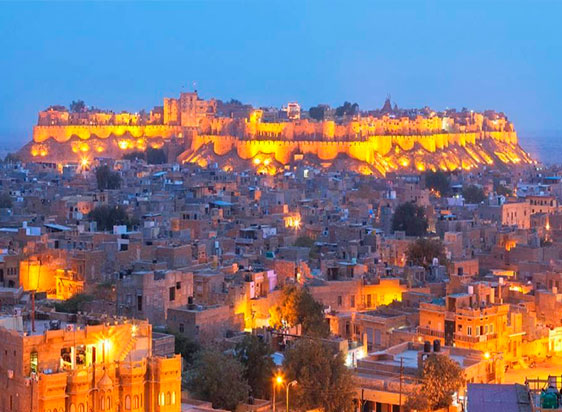
10 must-see places in Jaisalmer
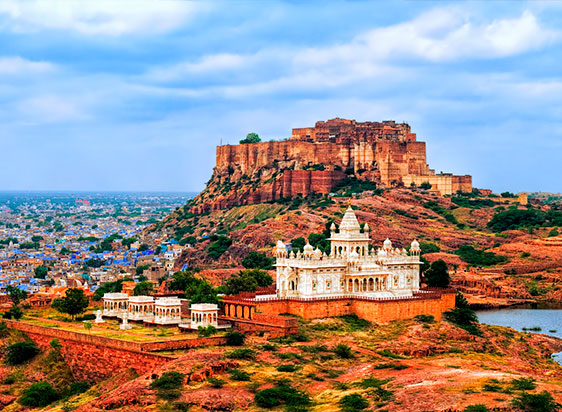
10 must-see places in Rajasthan
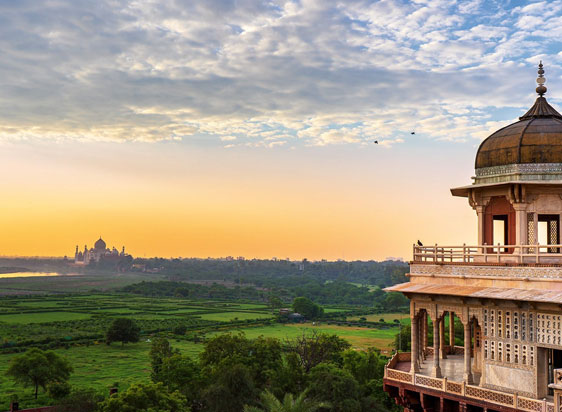
How to Reach Agra?
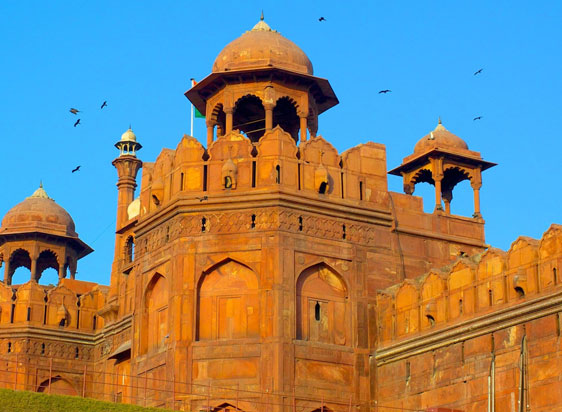
How to Reach Delhi?
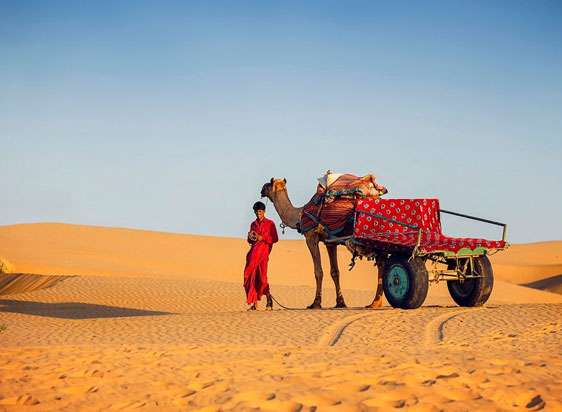
How to Reach Jaisalmer?

How to Reach Udaipur?
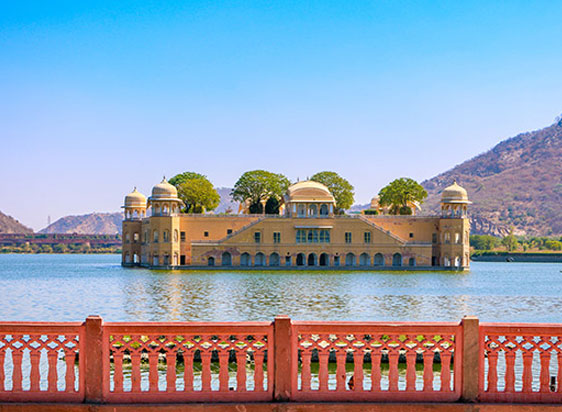
How to Reach Jaipur?

Char Dham Yatra: A Journey of Faith and Spiritual Awakening in Uttarakhand

Places To Visit in Jaipur with Family

10 Hill Stations In India- Location, History, Timings, Images

India Gate Delhi – Location, History, Timings, Entry Fee, Images
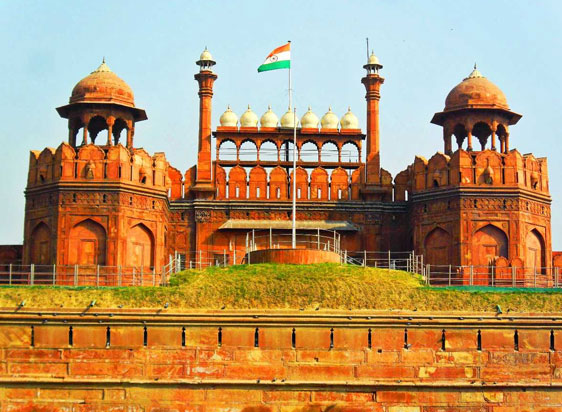
Red Fort – Old Delhi, Facts, Timings, History, Location

Golden Triangle Tour of Luxury and Budget-Friendly

Best Time to Visit the Golden Triangle: Seasonal Travel Guide

Akshardham Temple Delhi Timings, History, Entry Fee, Images, Aarti, Location & Phone Number

Best Ranthambore Tour Packages Itinerary

Best Jaisalmer Tour Packages Itinerary

Best Udaipur Tour Packages Itinerary

Best Jaipur Tour Packages Itinerary

Best Rajasthan Tour Packages Itinerary

How to pick the right India tour packages?

All India Tour Packages Cost: Exploring the Riches of Incredible India

Rajasthan Festivals Tour Guide

A Complete Travel Guide to Jaipur for IIFA 2025

IIFA 2025 Jaipur: Celebrating 25 Glorious Years of Indian Cinema / IIFA Awards 2025 Date, Venue, Tickets, Host, Transportation
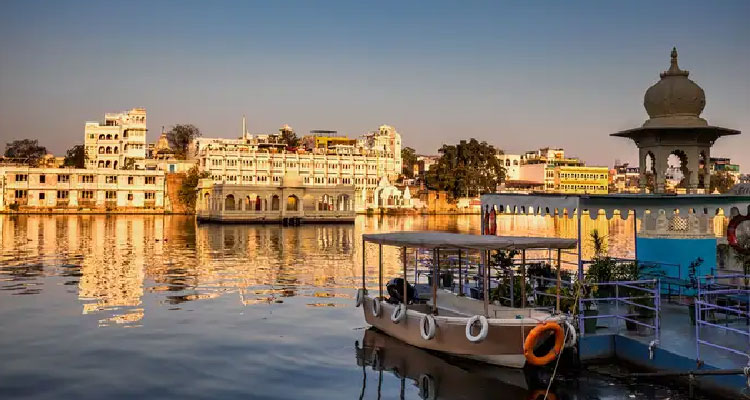
Taj Lake Palace Udaipur

Eklingji Temple, Udaipur

Bagore ki Haveli, Udaipur

Most Popular Dishes to Try in North India Tour

Ranthambore National Park Safari

Moti Doongri Ganesh Temple Jaipur
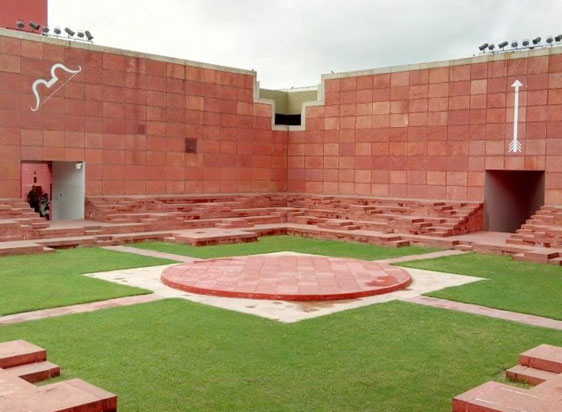
Jawahar Kala Kendra Jaipur
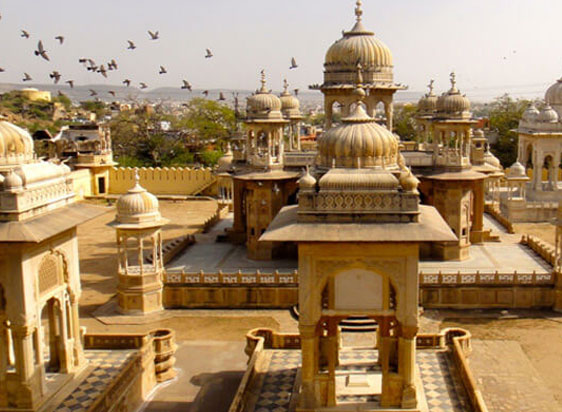
Gatore Ki Chhatriyan Jaipur – Entry Fee, Timing, Location

Albert Hall Museum Jaipur

Panna Meena ka Kund Jaipur
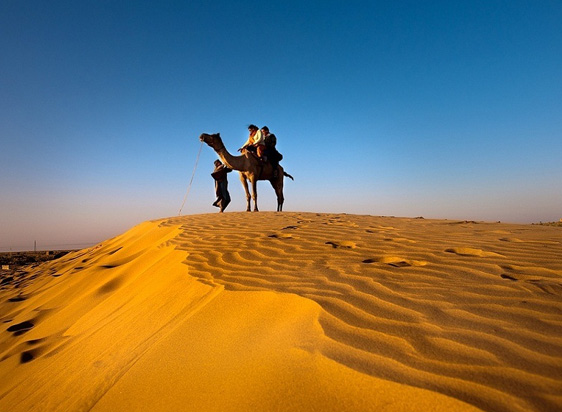
How to Book a Tour Guide in Jaisalmer?

How to Book a Tour Guide in Ajmer Pushkar?
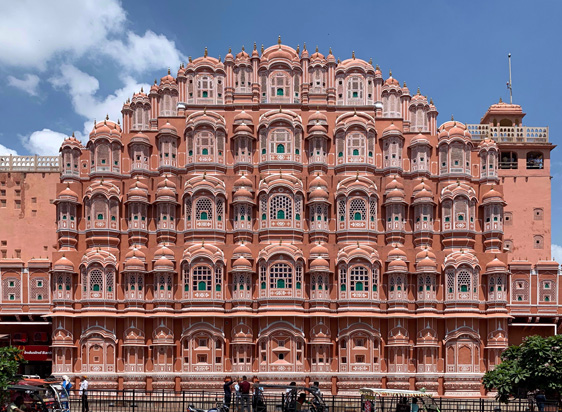
How to Book a Tour Guide in Jaipur?
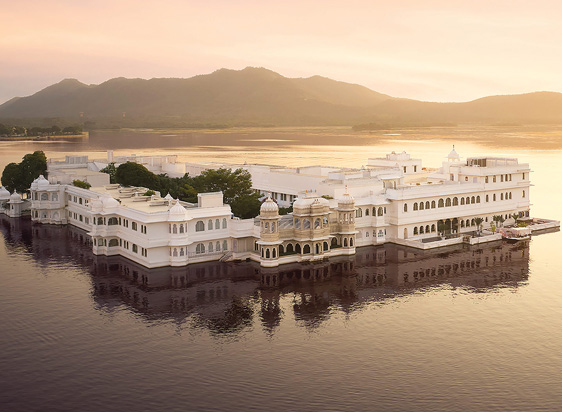
How to Book a Tour Guide in Udaipur?

How to Book a Tour Guide in Rajasthan?

Female tourist guide in Jaipur

Jaipur Solo Trip Package

These 7 spots will tell you why Rajasthan is the perfect spot for Glamping

7 Unforgettable Road Trips of Rajasthan

Film Shoot Locations in Jaipur

Jaipur Zoo Garden – Timings, Entry & Tickets Prices, and Things to See

Kishan Bagh Jaipur – Entry Fee, Timings, Location
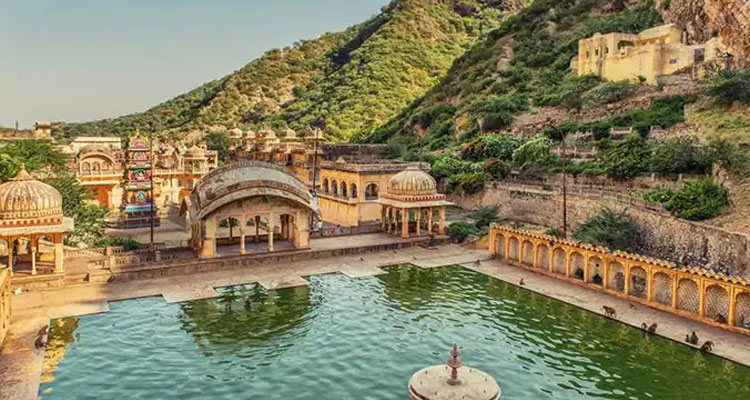
Jaipur Tourism: All you need to know
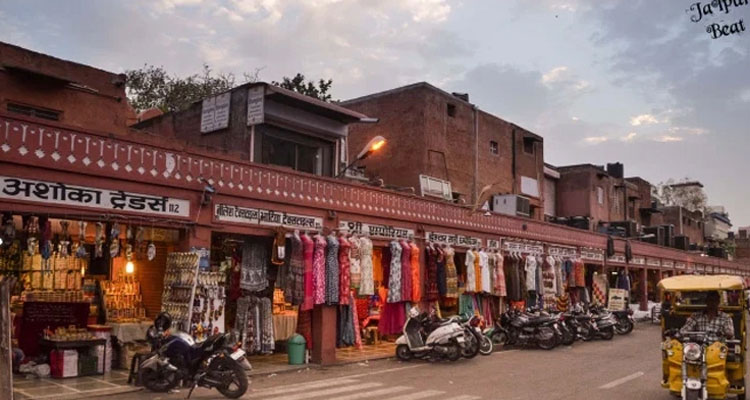
Johari Bazaar Jaipur: A Must-Visit Shopping Place

Chandra Mahal Jaipur

6 Exhilarating Road Trips From Jaipur That’ll Invoke Your Wanderlust Soul

Jaisalmer Nightlife: What To Do And See In The Golden City After Dusk Falls

Places To Visit in Udaipur At Night

Top 10 Winter Honeymoon Destinations in Rajasthan to Make Memories with Your Loved Ones

10 Best New Year Destinations in Rajasthan
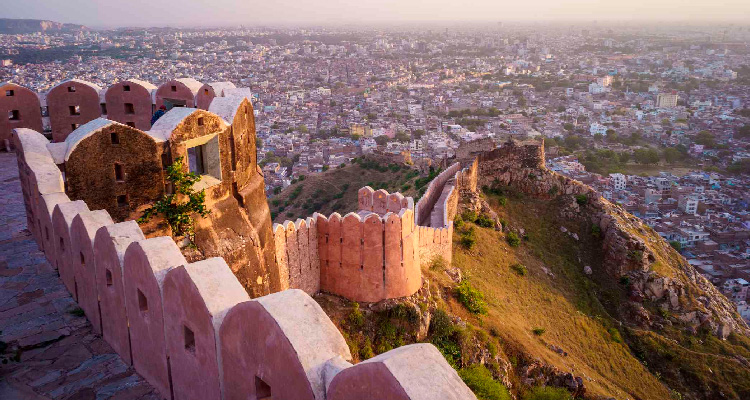
Nahargarh Fort Jaipur – History, Architecture, Timing, Entry Fee, Attractions, Lesser-Known Facts

Tips for Solo Female Travelers in Rajasthan

Discover the Unseen Places in Rajasthan

Best Monsoon Tour Packages of Rajasthan

12 Reasons Why I Absolutely Loved Rajasthan

Rajasthan Cultural Holidays
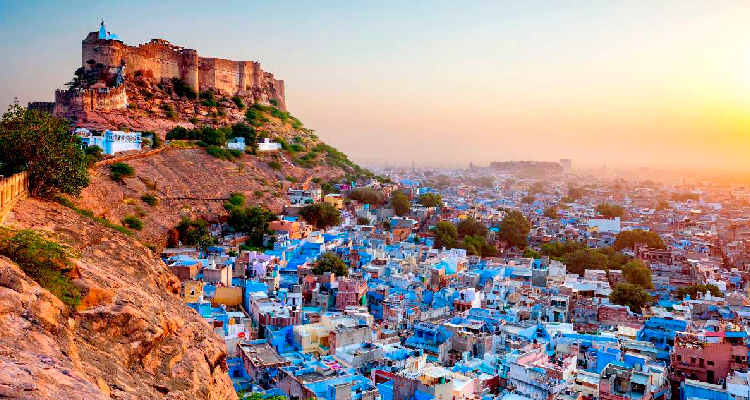
Best One Day Trips in Rajasthan

Birla Mandir Jaipur – History, Architecture, Timing, Entry Fee, Attractions, Lesser-Known Facts

Top 7 Destinations in India to Celebrate New Year 2024

Jaipur Travel Tips
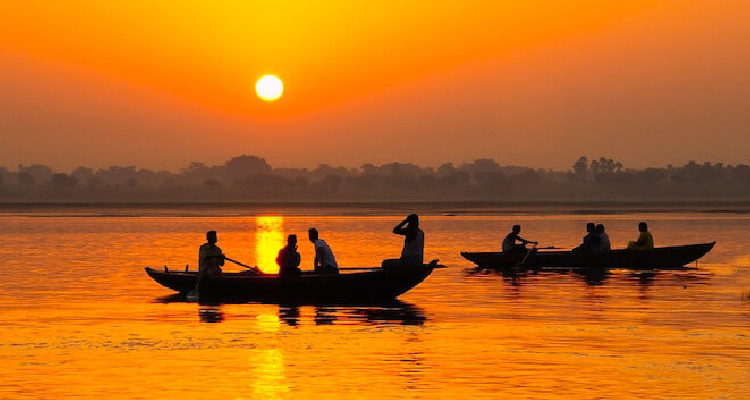
7 Amazing Things to Do and See in India in 2023-24

The Ideal Rajasthan Itinerary

Places to visit near Jaipur for 2 days

India's Top 10 UNESCO WORLD heritage sites

Royal Experiences in India to Make You Feel Like Maharajas in 2023-24

Jaipur Tour by Private Car and Driver

Luxury Travel India: Explore the best Luxury India Tour in one go
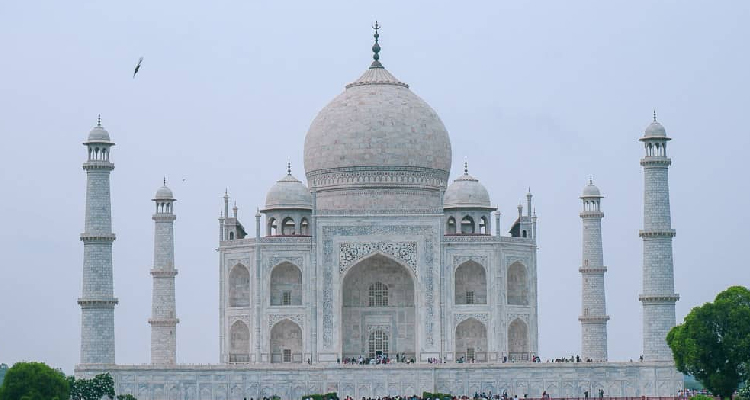
A Complete Guide to India Golden Triangle

How To Choose The Best Taxi Service in Jaipur for Sightseeing

The Ultimate Rajasthan Family Vacation: A Comprehensive Guide

Hawa Mahal: About, Time, History, Activities, Entry Fee

Chokhi Dhani Resort: About, Time, History, Activities, Entry Fee

JLF 2025: Jaipur Literature Festival, Dates, Lineup, Tickets
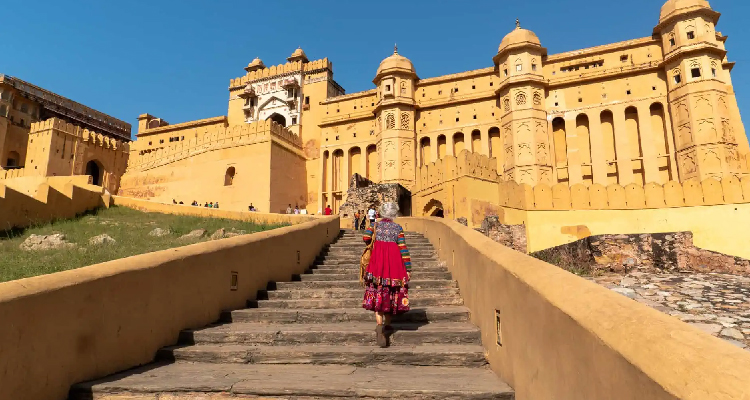
Planning a Rajasthan Family Adventure: Tips and Tricks

Jaipur Tour Guide
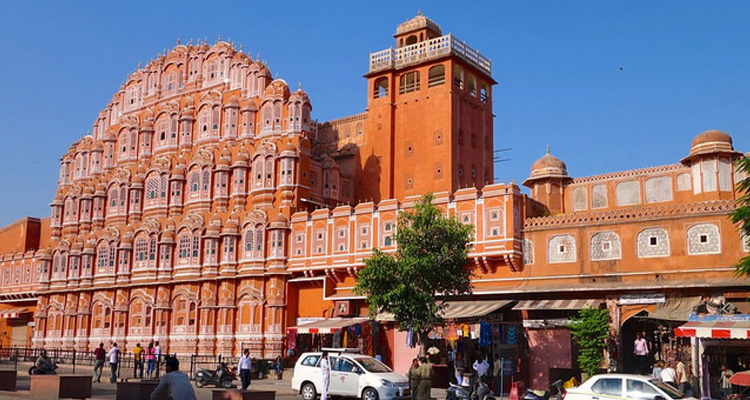
2 Days Jaipur Sightseeing Tour

Shopping Paradise: A Guide to the Vibrant Bazaars of Jaipur

Discover Rajasthan with Kids: Top Family-Friendly Destinations

Luxury Cars in Jaipur for That Special Occasion

Top 10 Popular Temples To Visit In Jaipur

Rajasthan's Kid-Friendly Palaces and Forts: A Historical Adventure for the Family

Amber Fort: About, Time, History, Activities, Price

B2B Travel Company in Rajasthan
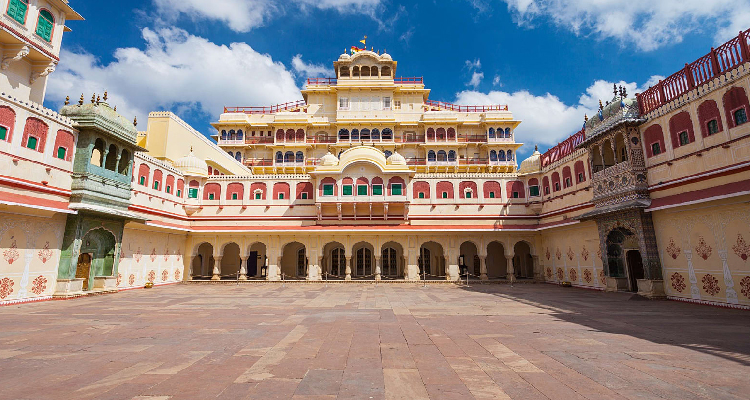
Unique Experiences to Enjoy in Jaipur

Family Fun in Jaipur: Exploring the Pink City with Children

Jaipur Shopping Guide: Best Things to buy and Shopping Places in Jaipur

Udaipur Unplugged: Family-Friendly Activities by the Lake
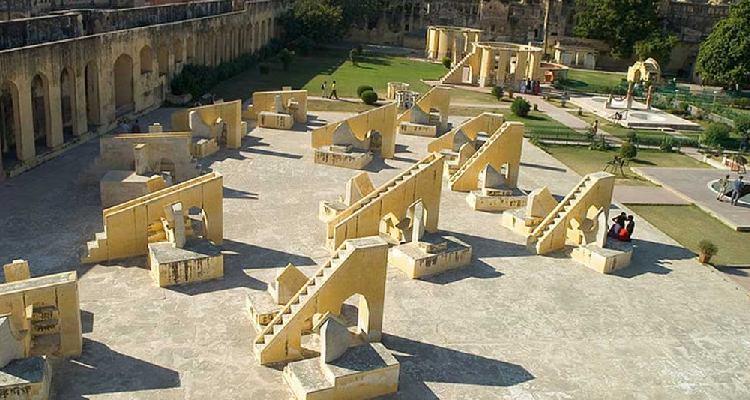
Jantar Mantar: About, History, Activities, Time, and Entry Fees

Wildlife Encounters in Rajasthan: A Family Safari in Ranthambore

Albert Hall Museum: About, History, Activities, Time, and Entry Fee

Places to visit in Rajasthan

Top 7 Travel Destinations In Rajasthan For A Relaxing Trip In Winter 2022

Jaipur Food Tour

Rajasthan's Festivals for Families: Experiencing the Vibrant Culture Together

Jaipur Amber Fort: The Completer Tour Guide

Jaipur Tour By Tempo Traveller

Rajasthan's Royal Cuisine: Family Food Adventures

Exploring the Aravalli Hills: Family Trekking and Nature Walks

Amer Fort Light and Sound Show 2025

2 Days In Jaipur: Discover The Best Of Pink City In 48 Hrs

Hire Taxi in Jaipur
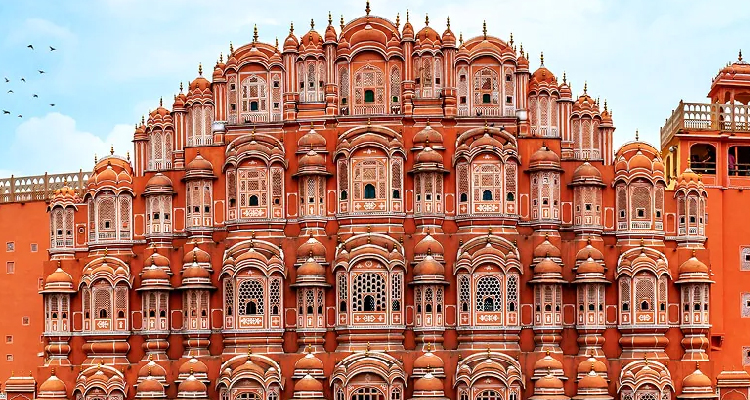
Jaipur Travel Guide: All You Need To Know For Planning Holiday in Jaipur

Heritage Hotels in Rajasthan: Unique Stays for the Whole Family

Crafting Memories: Family Art and Craft Experiences in Rajasthan

Wedding Car Rental in Jaipur

Top 10 Places to visit in Rajasthan in Winter

Discover These 5 Wildlife Sanctuaries Around Jaipur To Go On A Holiday Full Of Thrill!

Education Rajasthan Tour: An Ultimate Experience For Kids

Rajasthan Tour by Tempo Traveller

Hot Air Balloon Rides in Rajasthan: A Family Adventure in the Skies

Jaipur Airport Taxi
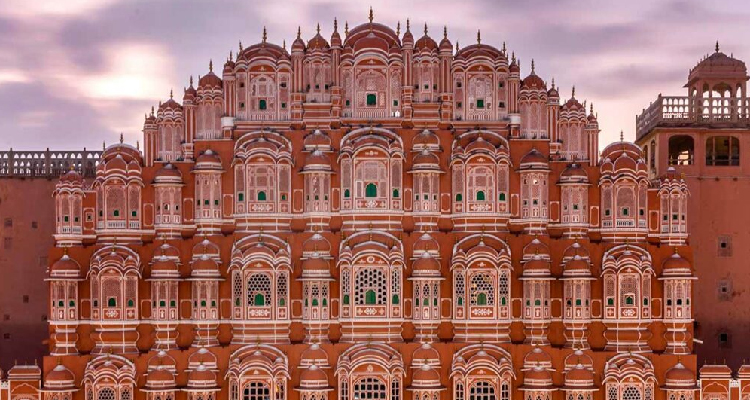
Golden Triangle Travel Guide
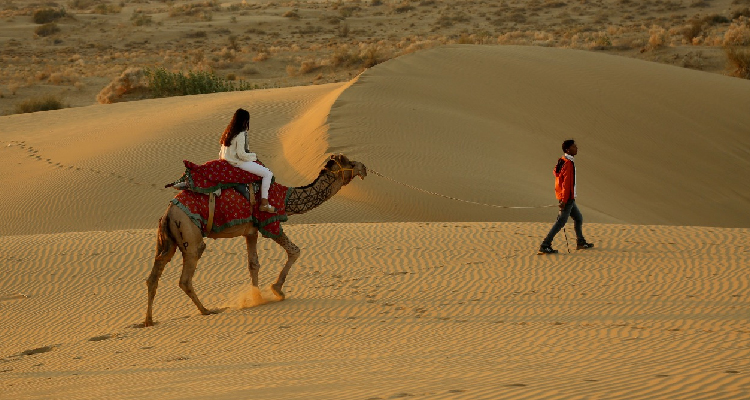
Camel Riding and Desert Camps: Family Adventures in the Thar Desert

Same-Day Tour to Jaipur

Shopping with the Family: Souvenirs and Local Markets in Rajasthan

7-Day Trip to Rajasthan
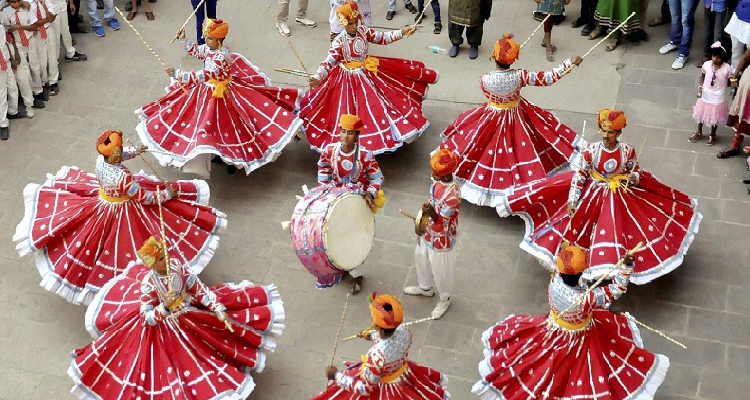
Festivals in Rajasthan

Rajasthan Luxury Tour by Car
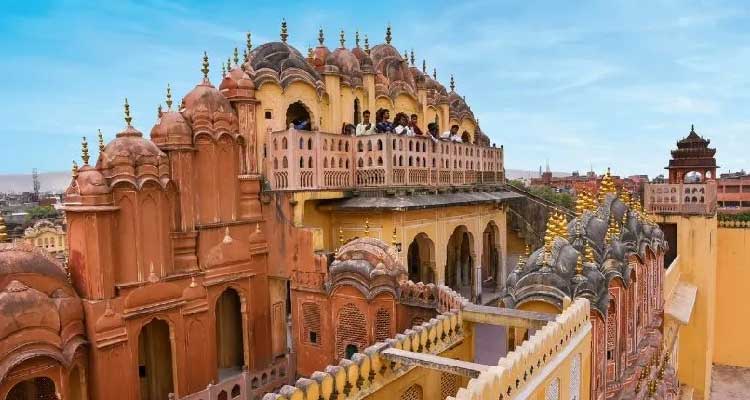
Jaipur Like a Local: Experiencing the City Through Local Activities

Family Road Trip: Navigating Rajasthan's Scenic Routes

10 Luxury Stay in Rajasthan

Rajasthani Folk Tales: Storytelling Sessions for Children

Famous Foods of Rajasthan You Must Try on Your First Trip

Places to visit On Golden Triangle Tour
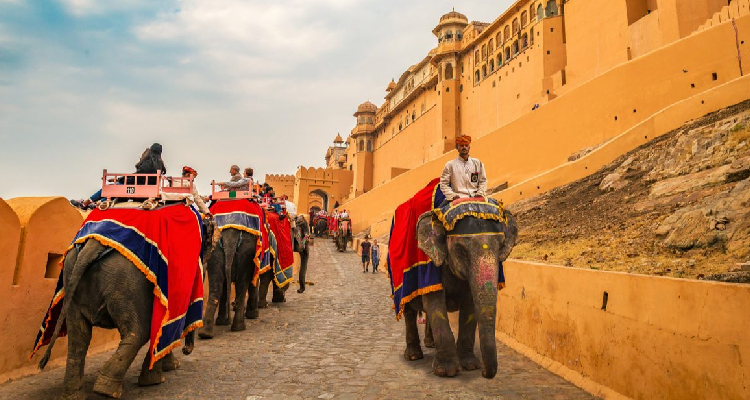
B2B Travel Company in Jaipur

How can I spend 3 days in Jaipur

How to Plan Your Rajasthan Tour

Jaipur Budget-Friendly Tour: The Best Way to Explore

Taxi in Jaipur

Unveiling the Pink City: A Historical Tour of Jaipur

Places to visit in Ayodhya

Why is Jaipur known as Pink City

Taxi Services in Jaipur
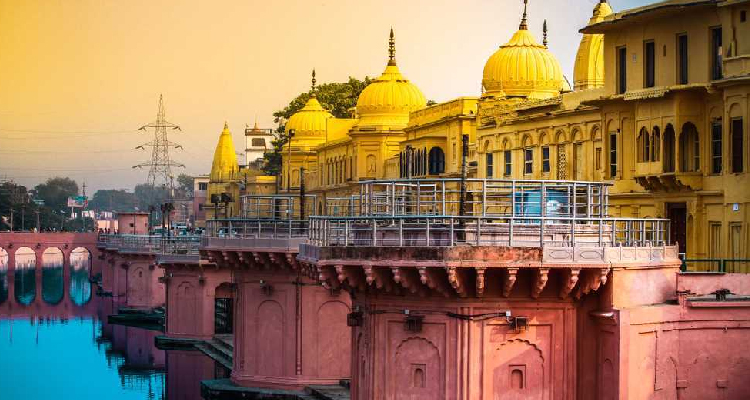
Places to visit near Ayodhya
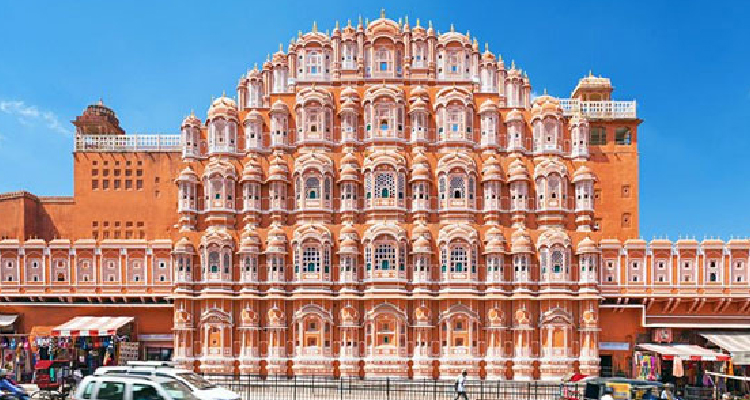
Attractive Places to Visit Near Jaipur in One Day

Timing & fees for visiting Jaipur monuments
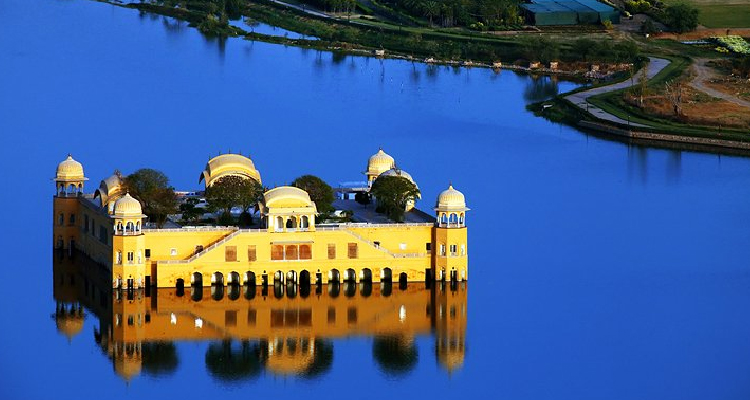
Places to Visit in Jaipur in Winters
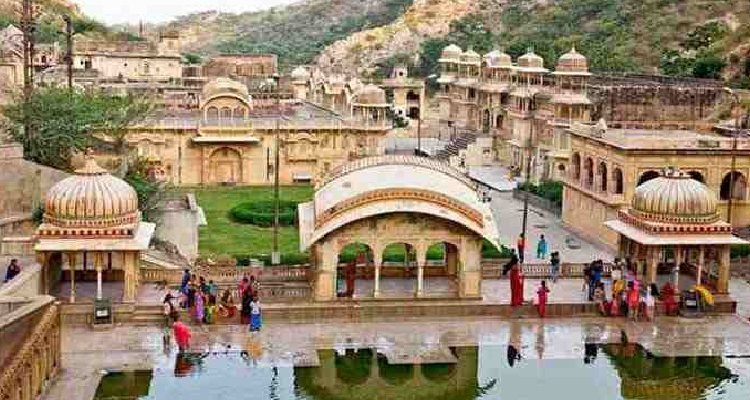
Jaipur Sightseeing Tour

Ayodhya Shopping Guide

Jhalana Leopard Safari Price

Planning Your Golden Triangle Tour by Car
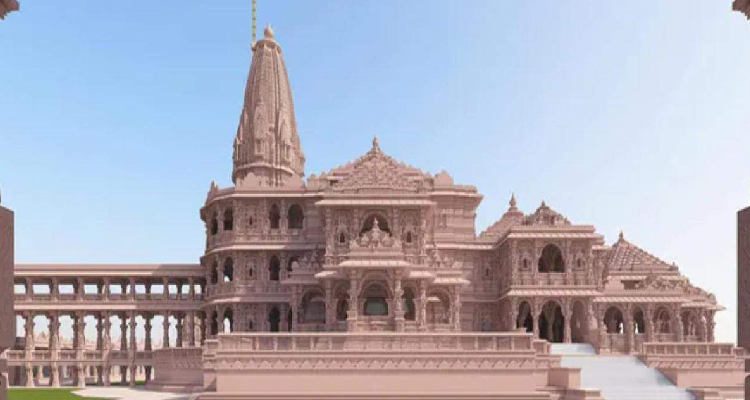
Ram Mandir Tour Guide (Ayodhya Tour Guide)
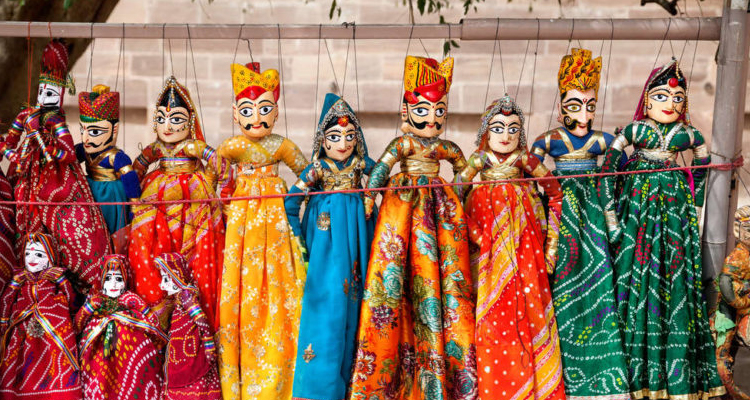
Rajasthan's Puppet Show and Folk Entertainment: A Delight for Kids

Jawai leopard Safari: Plan a memorable Wildlife Trip from Jaipur

Places to Visit Rajasthan in December
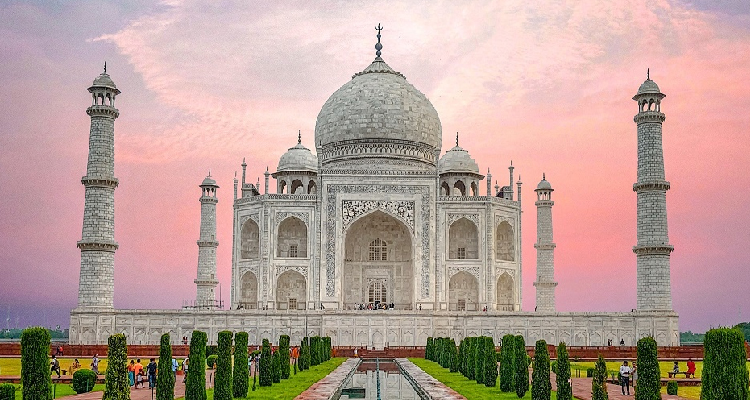
Taj Mahal Agra: Timings, History, Entry Fee, Images, Built by & Information

Best Wildlife Sanctuaries Around Jaipur

Tips to plan Jaipur Tour Packages
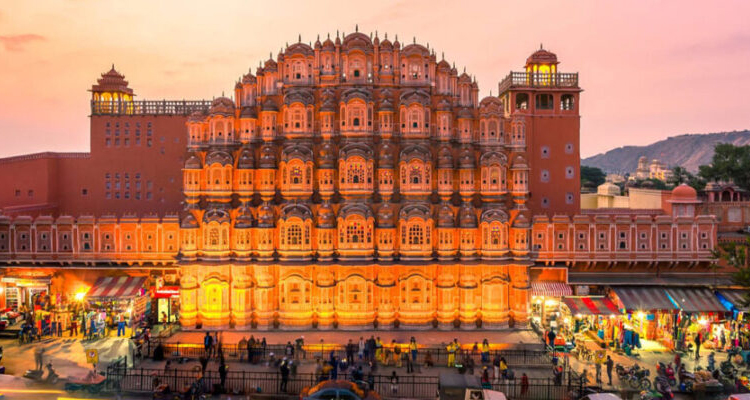
One Day Jaipur Local Sightseeing Tour Package by Car
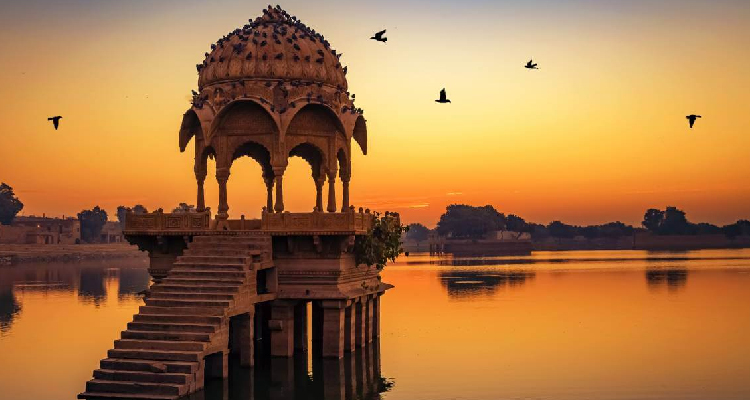
Most Popular Weekend Gateways From Jaipur

Chokhi Dhani Village Jaipur Package - Entry Fee, Timings 2023
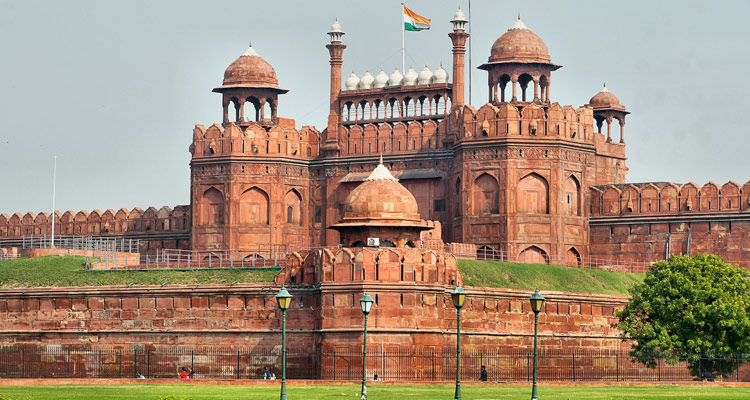
Red Fort / Lal Kila Delhi (Entry Fee, Timings, History, Built by, Images & Location
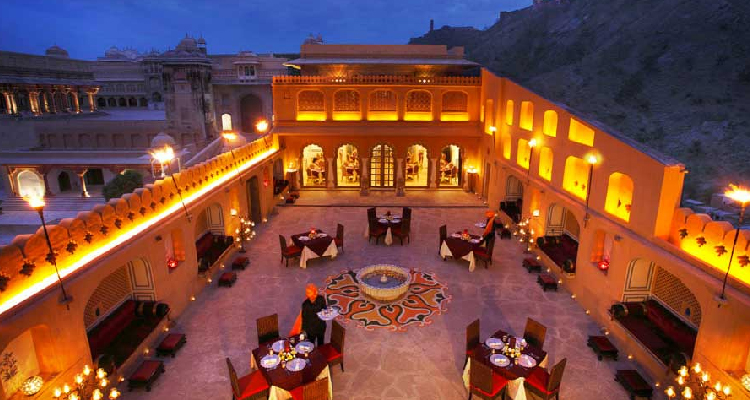
Best Honeymoon Destination in Rajasthan

10 Things To Do In Jaipur
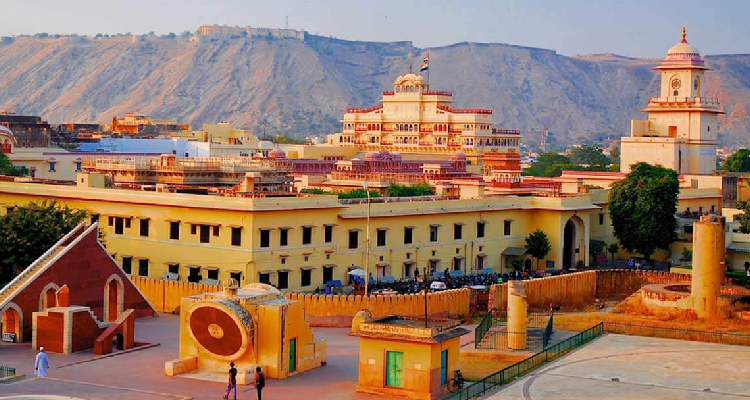
Rajasthan Travel Guide: Places to visit, Best time to visit, How to reach, etc.
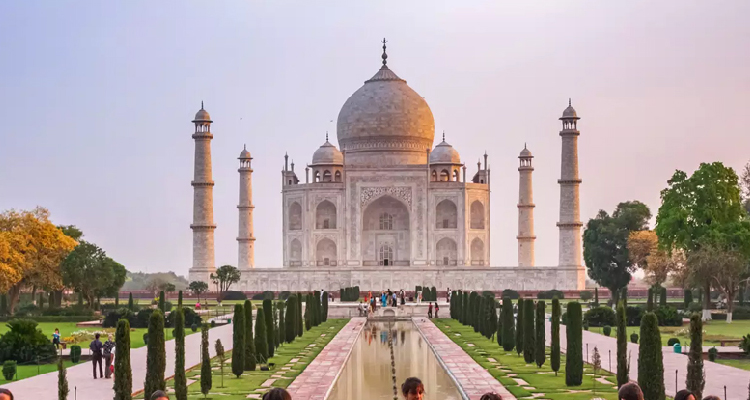
Jaipur Agra Same Day Tour
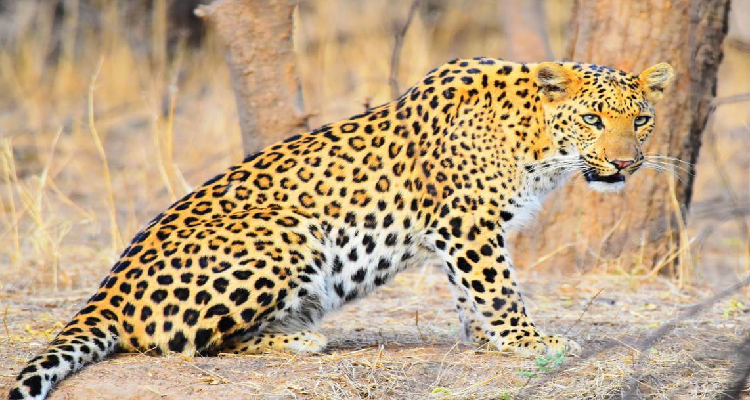
Best Time To Visit Jhalana Leopard Safari – Jaipur

Rajasthan Shopping Guide

7 Best Places To Visit Near Jaipur On A Same-Day Tour

How To Plan A Jaipur Trip?
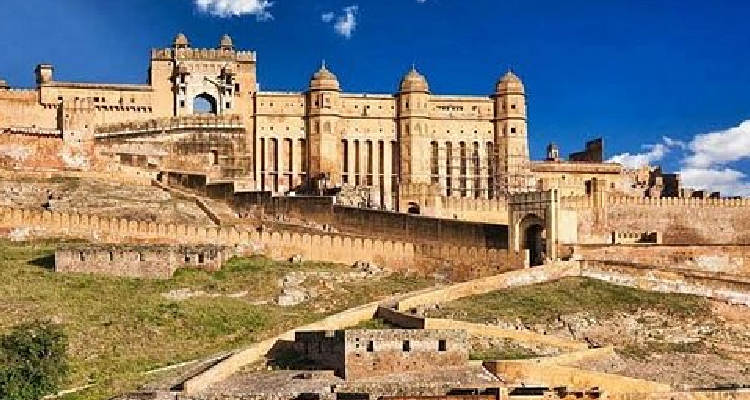
Top 68 Places to Visit in Jaipur

Best Shopping Places in Jaipur
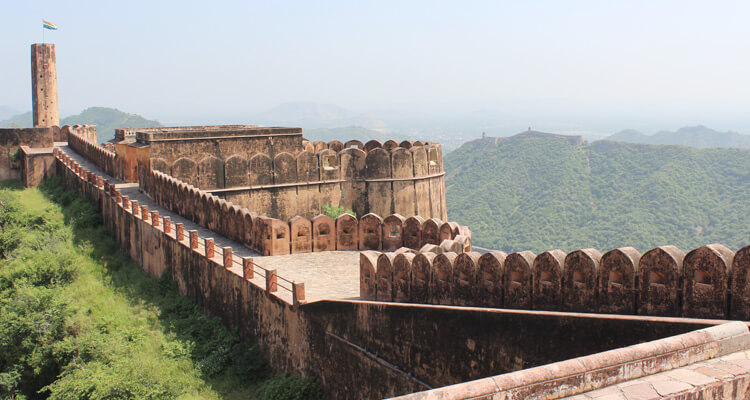
Jaigarh Fort, Jaipur (2024): Timings, Entry Fee, History
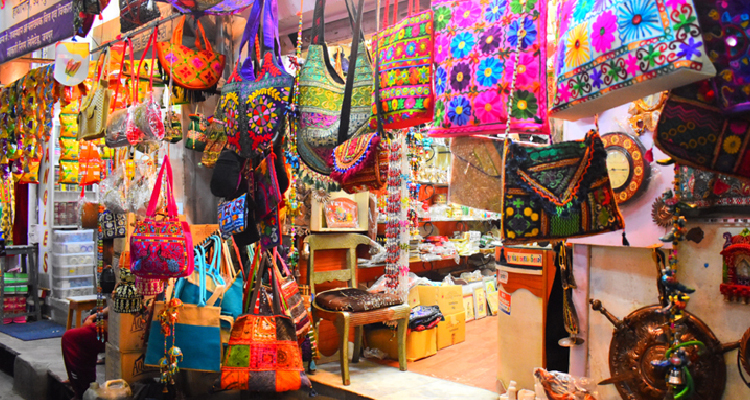
7 Things To Shop In The Jaipur Shopping Tour

Akshardham Temple Jaipur

Luxury Car Rental in Jaipur
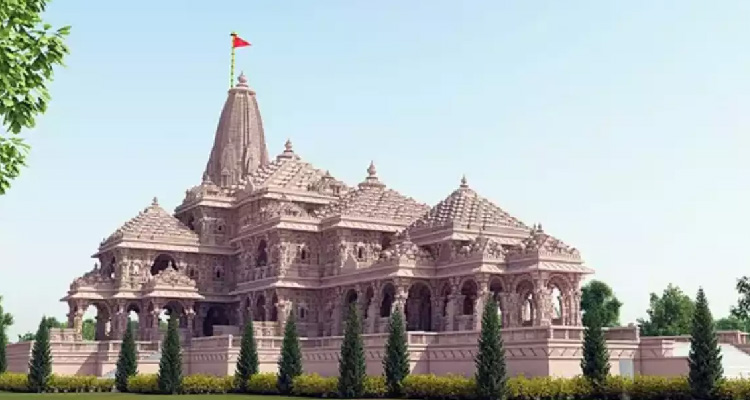
Architectural Marvels of Ayodhya: Heritage of Temples and Palaces

Planning Your Ayodhya Expedition: Travel Tips and Local Insights
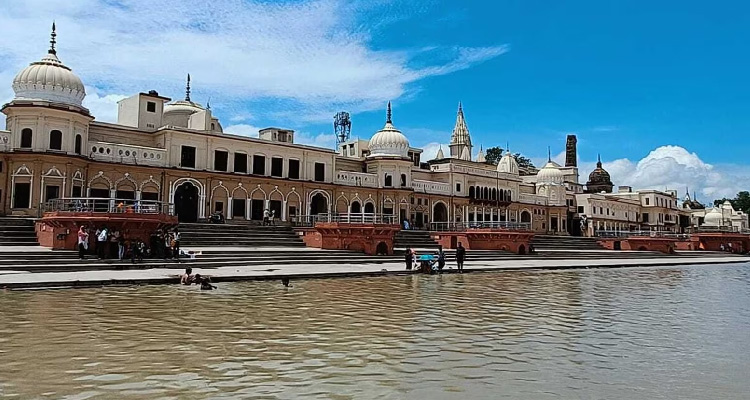
Heritage Walk: Unveiling Ayodhya's Historical Treasures
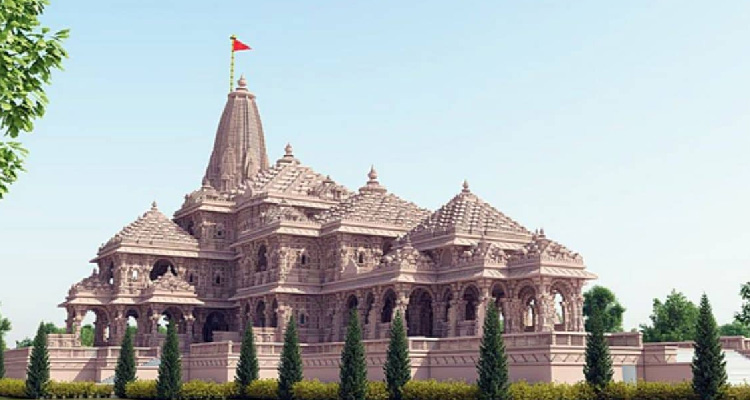
Exploring Ayodhya Beyond the Ram Mandir: Hidden Gems and Local Delights
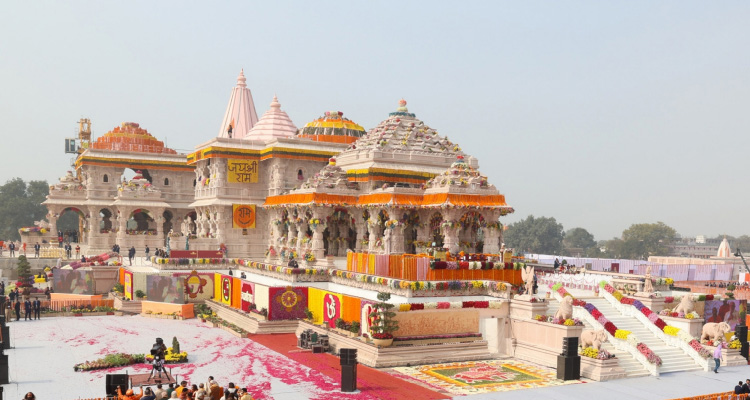
Things to do in Ayodhya

Call Our Customer Care Executive. We Are Available 24x7 Just Dial.
91-9166497735